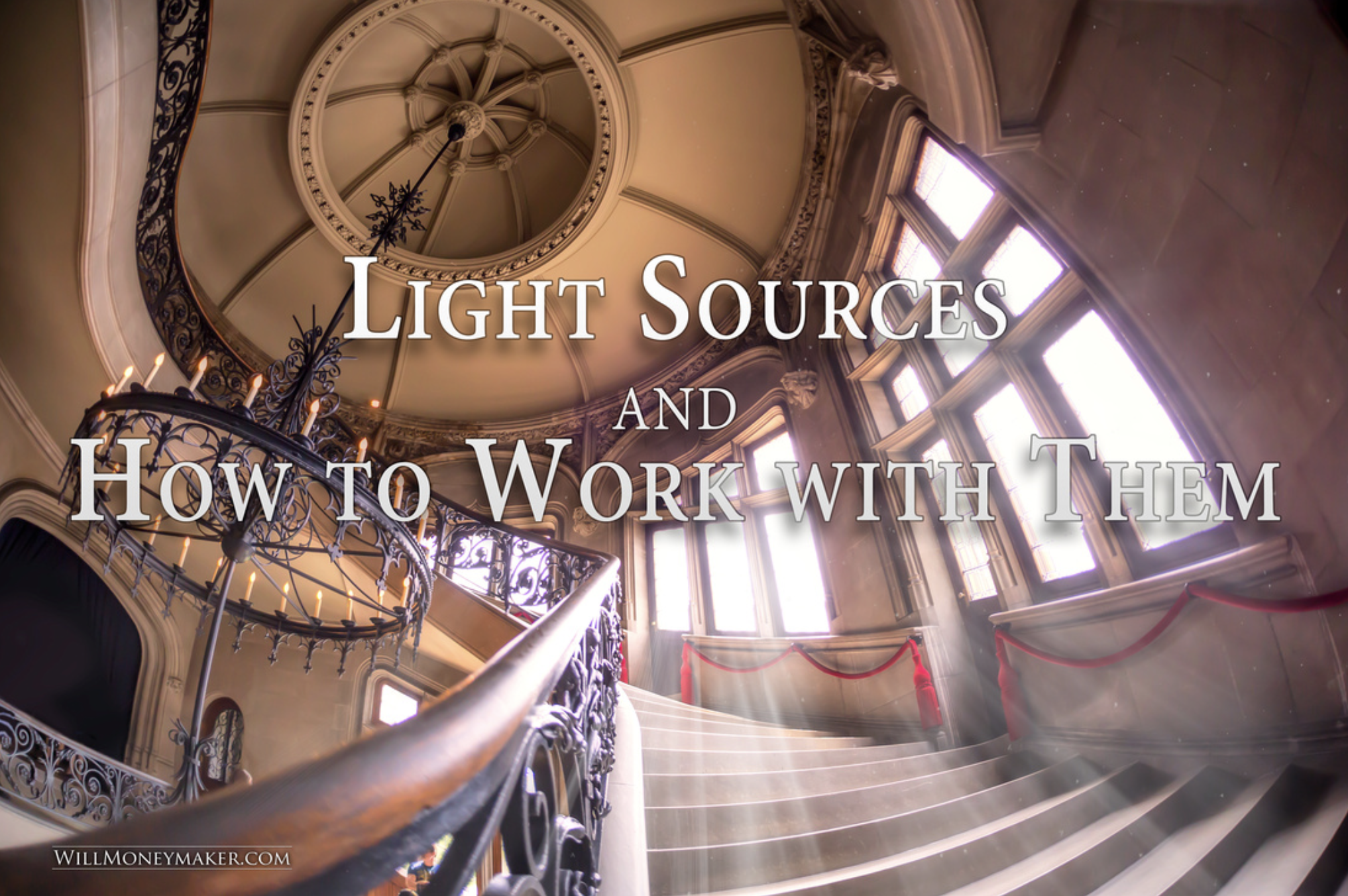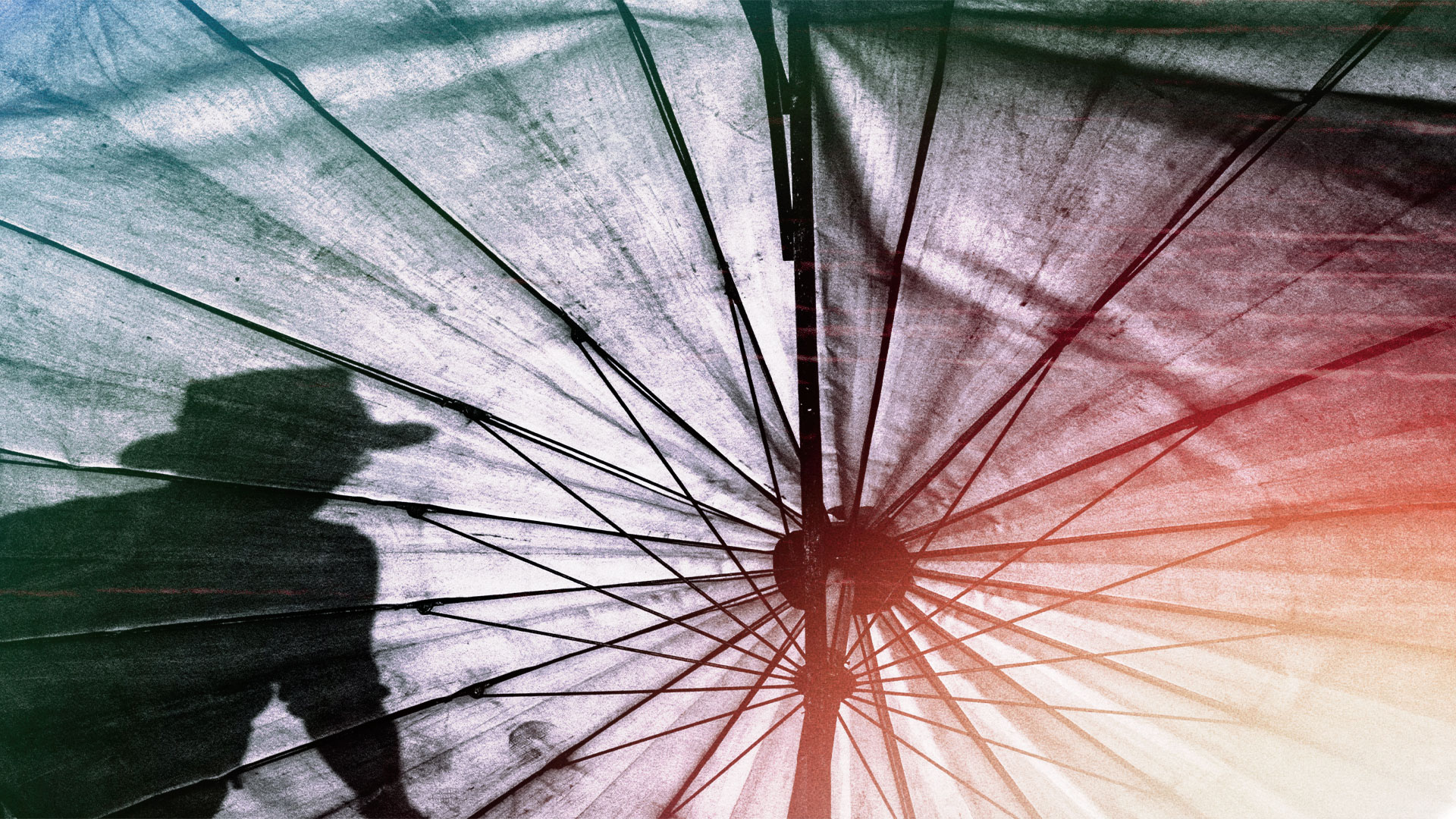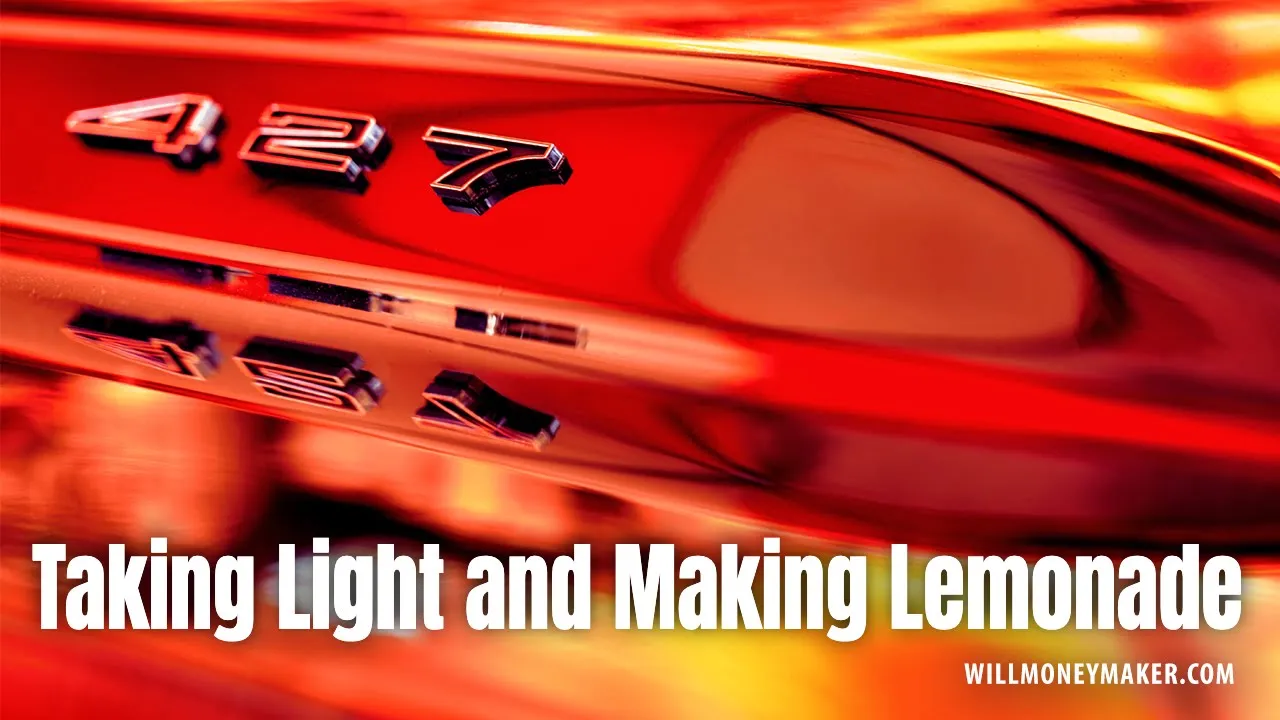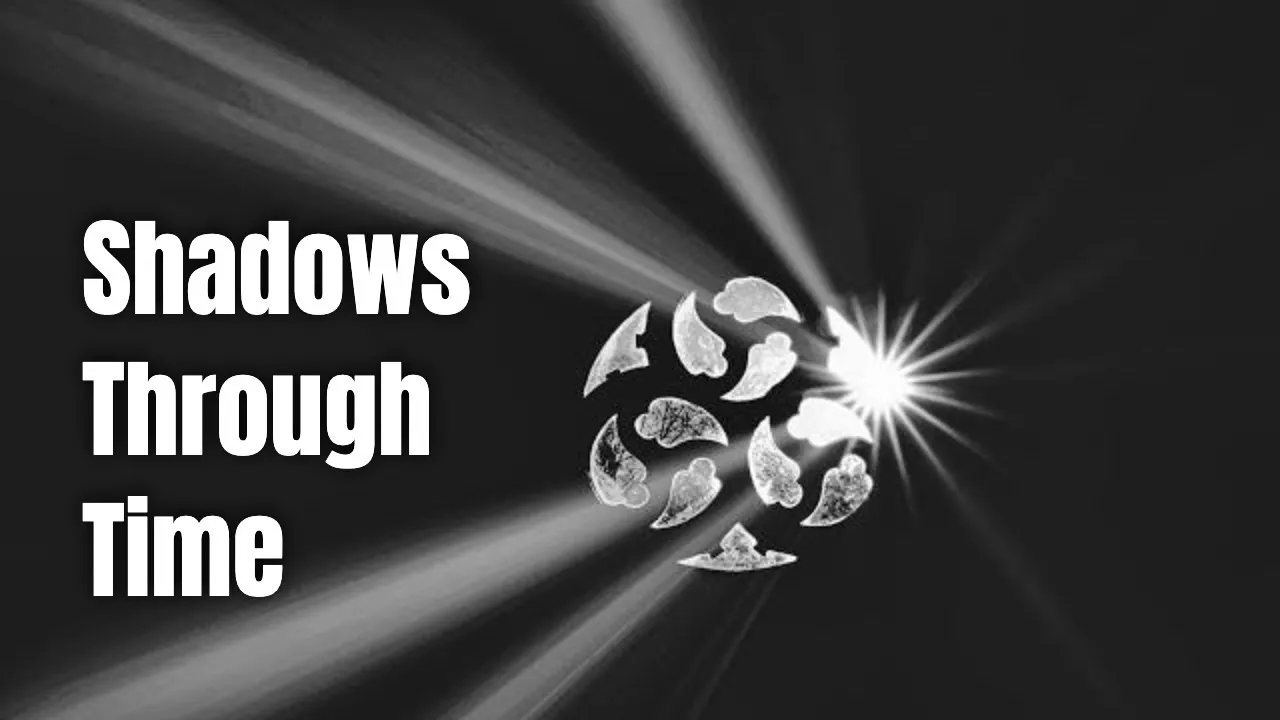Last time, I talked about how to work with color casts and the effects that they’ll have on your photos. One way to add color casts to your images is with your lighting. However, that is by no means the only thing that you can do with the different types of lighting at your disposal. To that end, I want to talk about each type of lighting, and how you can use it.
Natural Lighting
Natural lighting is sunlight. Now, you might think that this is only one type of lighting, but in actuality, it can be several, depending on the time of day and on the weather.
For instance, if you are shooting on a sunny day, then you’ll need to understand how natural lighting works at different times of the day. In general, morning light is often cool, but can sometimes be warm, and the later in the day it gets, the warmer the light is likely to be. By late afternoon and early evening, the lighting turns golden. Then, in the twilight hours between sunset and full darkness, you’ll be back to cool lighting. Of course, this is also dependent on your surroundings. Sunlight in a snow-covered landscape will appear cooler than sunlight falling on trees and other greenery.
In addition to the colors of sunlight, it is helpful to know the kinds of shadowing you can expect. Natural sunlight on a sunny day tends to create harsh shadows, and those shadows get even longer when the sun is low in the sky.
What about cloudy days? On those days, the lighting is what we call diffuse. New photographers often look out on a cloudy day with disappointment, but actually, this kind of lighting is more versatile than warm sunlight. Here are a few things to remember:
- It is often said that diffuse lighting gives you a truer representation of colors since you aren’t working with the golden quality that a sunny day has. The light is whiter, which helps you photograph the real color.
- If you apply certain tones to your image, light on a cloudy day can look very chilly.
- Diffuse lighting is extremely even. In fact, on a truly cloudy day, look for shadows on the ground. If the lighting is really diffuse, you aren’t likely to find any shadows except in the deepest shade. Because of this, you can take photos that have really even lighting without having to resort to fill flash.
Artificial Lighting
Artificial lighting is a different beast entirely. To start with, there are four main types that you will run across as a photographer: incandescent, fluorescent, LED lighting and flashes or studio lighting. Each type of light, on its own, is entirely different from the rest, and each type can be modified to give you even more versatility.
Incandescent
Though it is becoming rarer, incandescent lighting used to be the most common type of lighting found around the house, and it was also commonly used as tungsten lighting to add warmth to studios. Where natural daylight has a warm, golden color, incandescent lighting is even warmer — often with hints of orange or red.
Fluorescent
Fluorescent lighting, which is the type of lighting that you’ll find in offices or large public buildings, is on the other end of the spectrum. Traditionally, fluorescent lighting, because it was cool, gave images a greenish or bluish tone, which a photographer could correct simply by using filters in the opposite color.
Nowadays, however, fluorescent lighting runs the gamut. While many fluorescent bulbs still produce blue or green light, you’ll find others that produce whites and warmer daylight tones. In fact, some of the newer curly fluorescent light bulbs come in color temperatures that are quite useful in the studio.
LED Lighting
LEDs (light emitting diodes) are a relatively new thing for photographers. There is a lot of confusion surrounding them, and rightfully so. The thing about LEDs is that they come in a wide variety of colors. Photographers often use LED light boards with cool white or warm tones, but custom lighting can be made with hints of any color you desire.
There are a couple of things to note about LED lighting. For one thing, it can be very harsh lighting, washing out your subjects while leaving dark shadows. For this reason, it is sometimes best used with diffusers. Some people have also said that LED lights aren’t stable in their color temperature. In other words, plain white LED lighting may shift between cooler bluish tones or warmer yellowish tones as you work.
Flashes and Studio Lighting
This is the last type of lighting, and it is the one that most photographers use, particularly indoors. Flashes, strobes and studio lights are usually a bright white, and in the case of flashes and strobes, they are exactly that: A quick burst of light that illuminates your subject.
These lights tend to be very harsh, and the light is very directional, meaning that it is easy to cast deep shadows if you so desire. It is also possible, with enough lights in the right positions, to have absolutely no shadow at all.
The biggest advantage of this type of lighting is that it is easy to modify. Not only can you adjust intensity, but you can use specialized gear like reflectors, diffusers and more to change the quality of the light.
[clickToTweet tweet=”Photography is essentially all about capturing light.” quote=”Photography is essentially all about capturing light.” theme=”style3″]
In addition to that, lighting colors can be changed easily. With filters or colored gels, you can modify your lighting so that it has the same color as sunlight, incandescent light or any other type of lighting. In fact, you can modify these lights with any color you so desire, so if your image calls for bright purple light coming in from one direction, and deep green light from another, you can make this happen quite easily.
Photography is essentially all about capturing light. That’s what makes knowledge of the types of lighting that you can use crucial. The ability to manipulate light in any way you desire gives you the ability to create a broad range of images in different styles.






